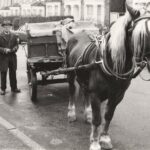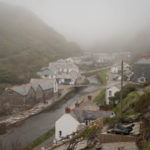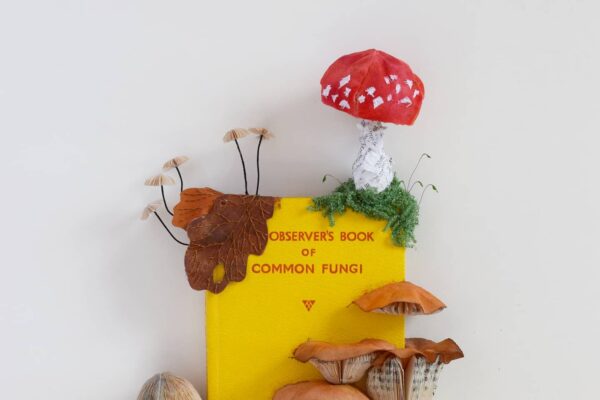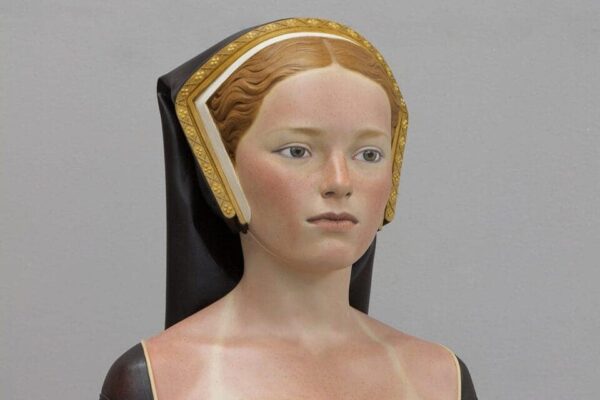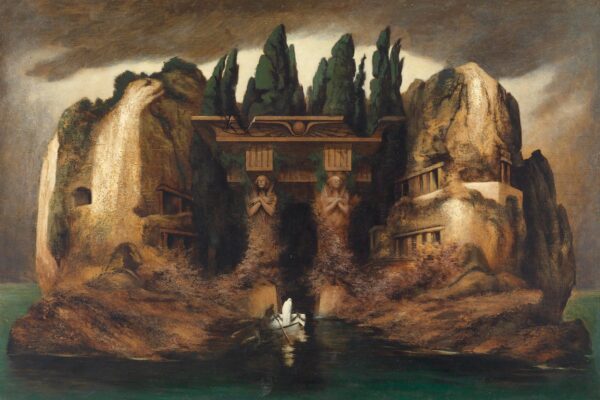1. With Tennis in the Brain, check out the Wilson Tennis Ball Factory in Thailand
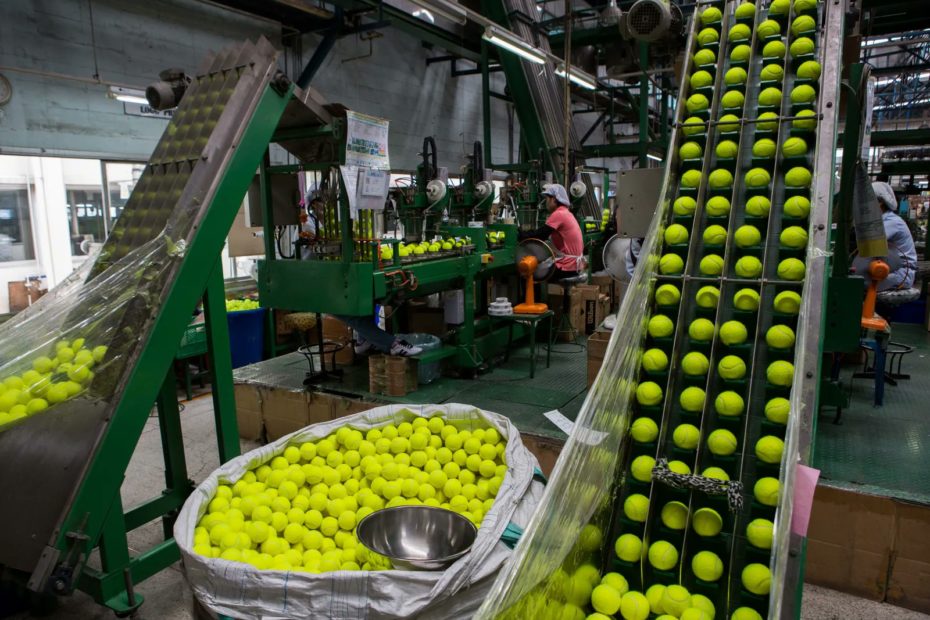

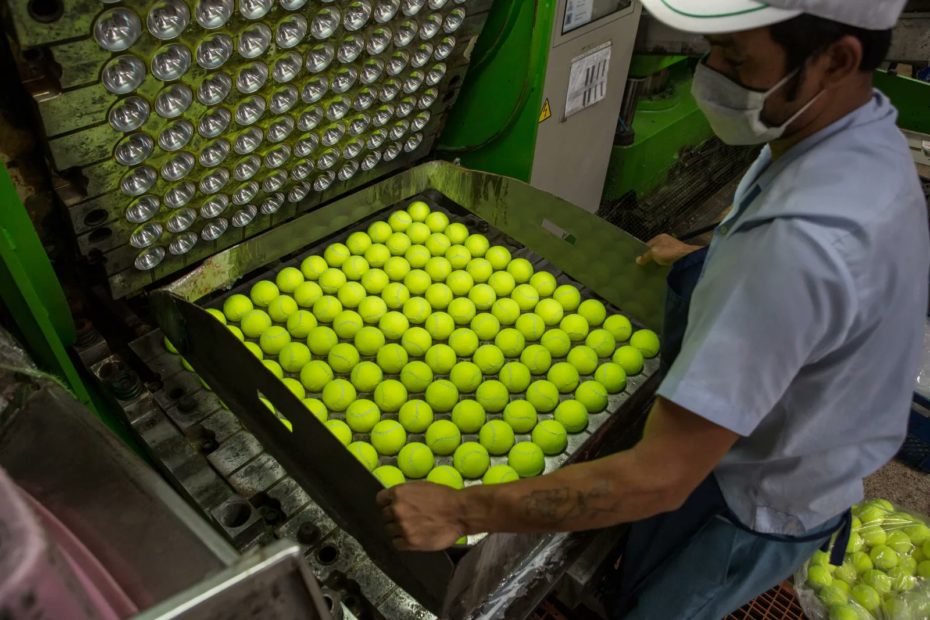

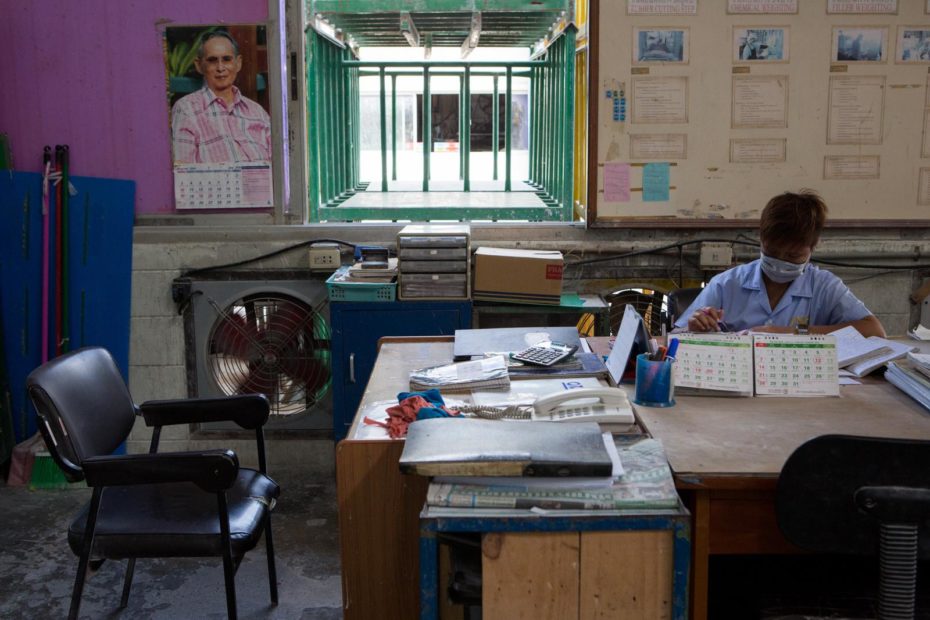
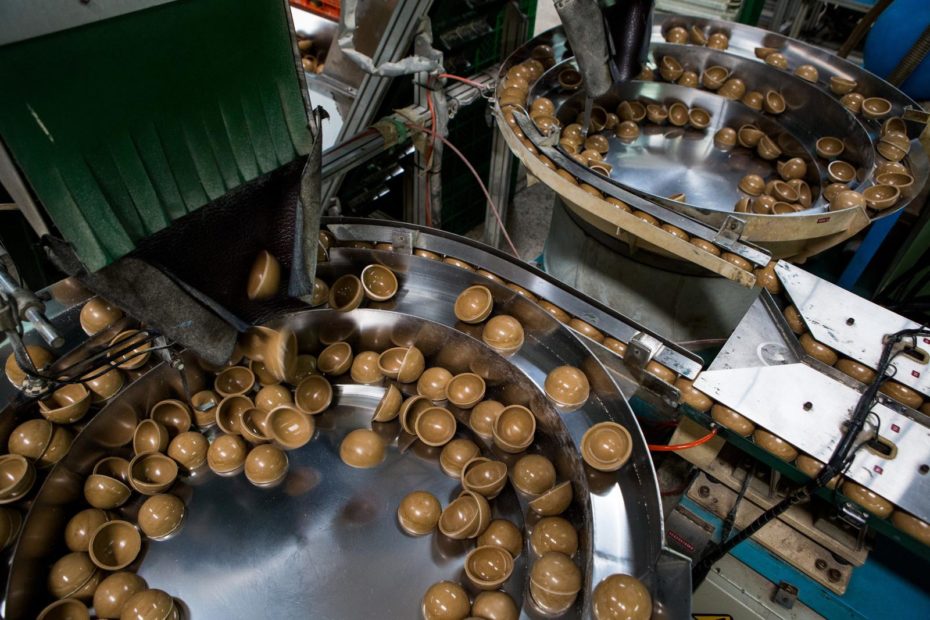
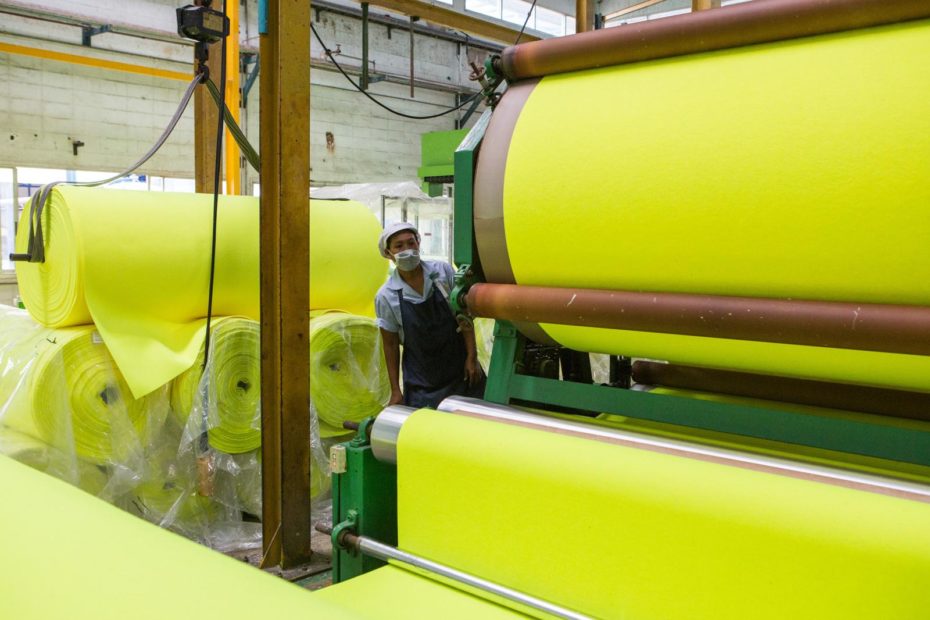
Photos by Amanda Mustard found via Present & Correct.
2. This tiny Cor-beurre-sier chair
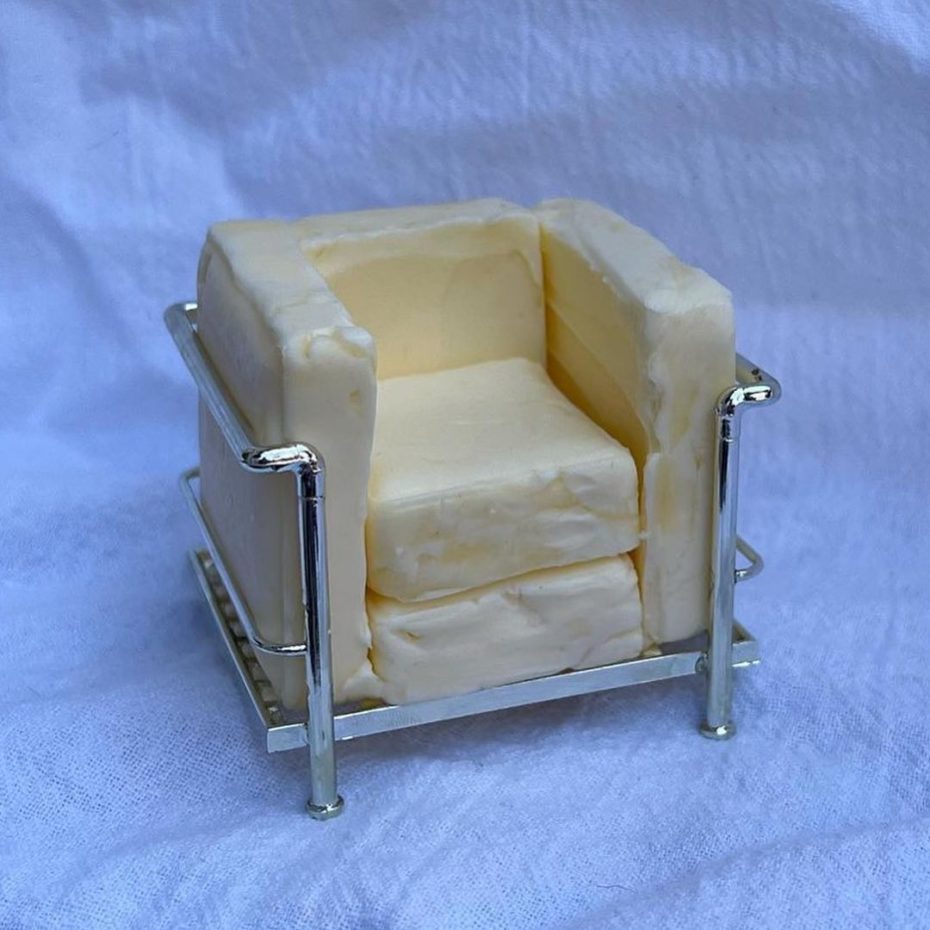
From Instagram’s @suea
3. The picturesque Paris of Czech Artist Tavík František Šimon
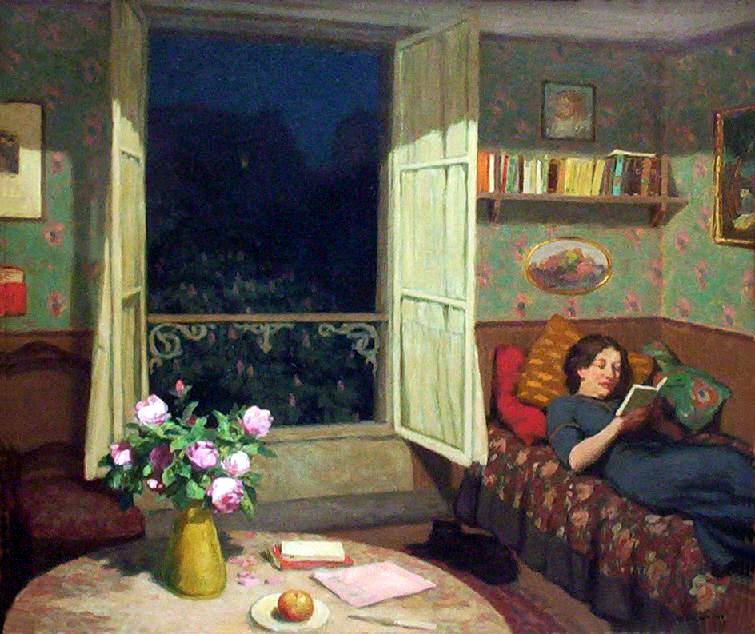
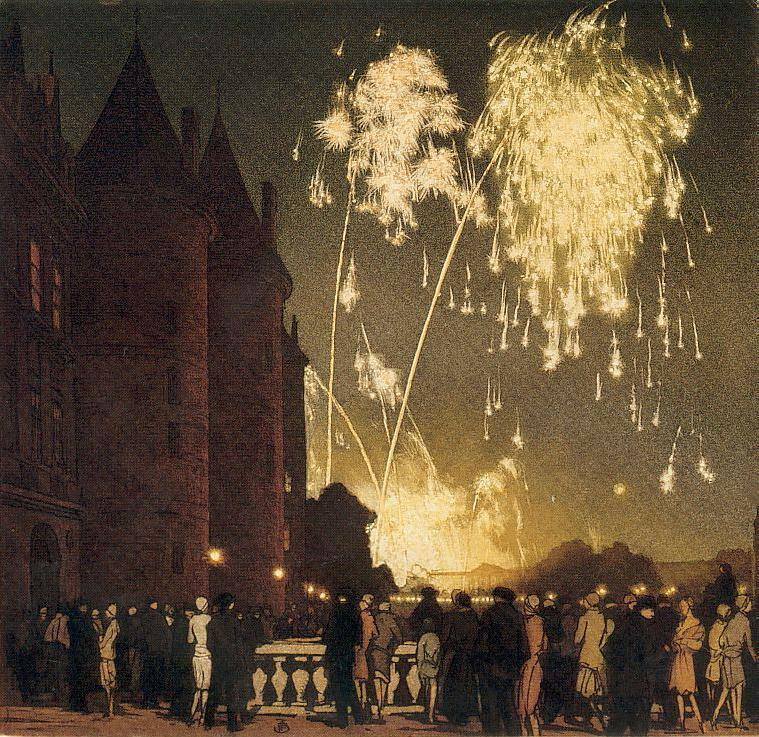
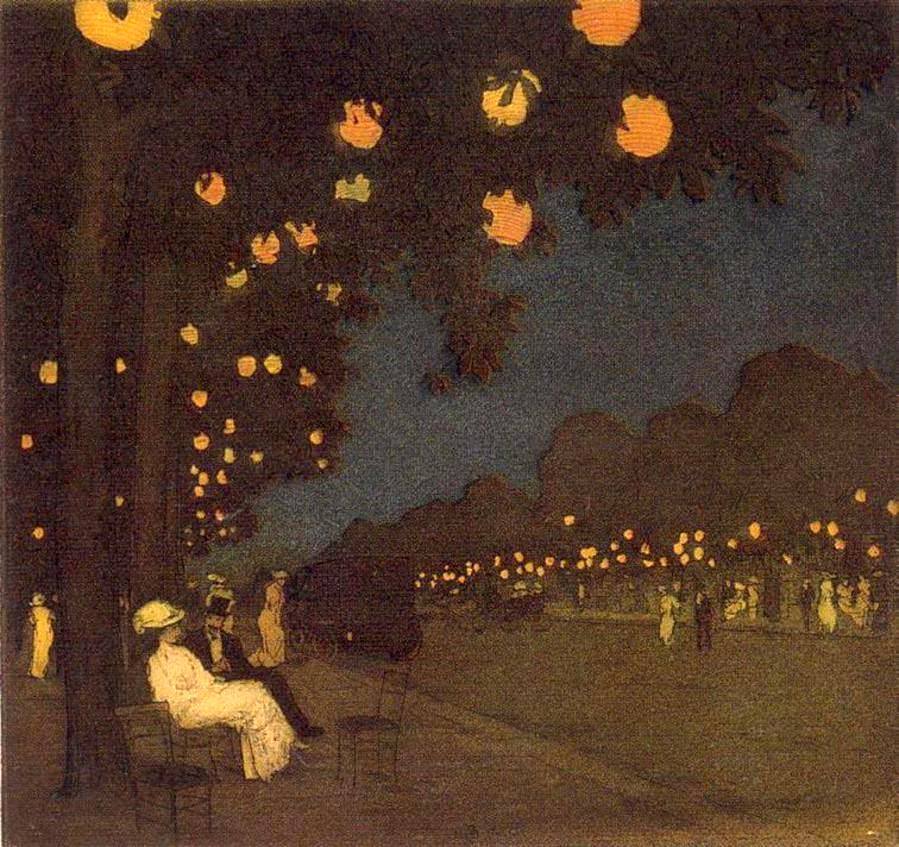
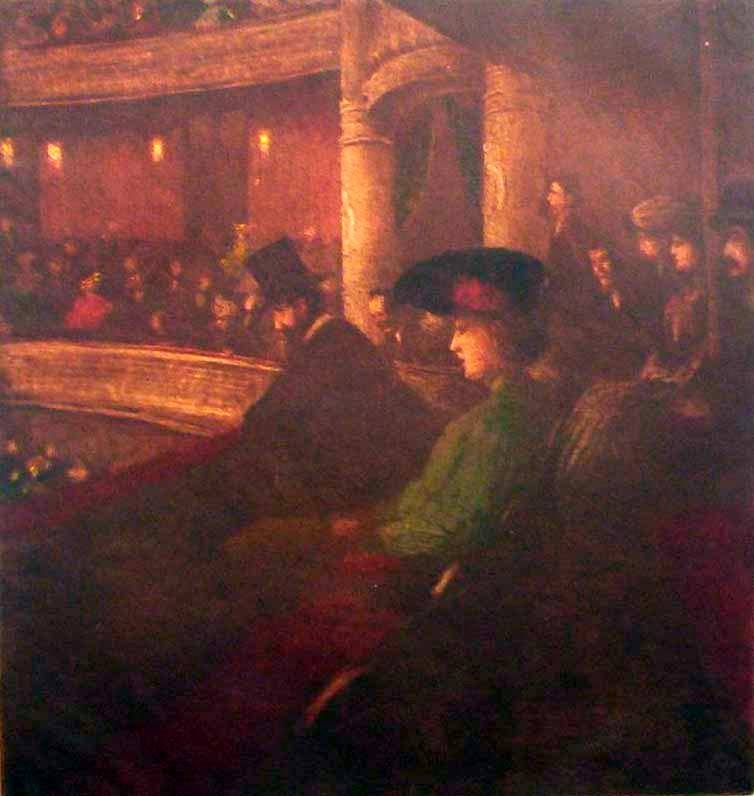
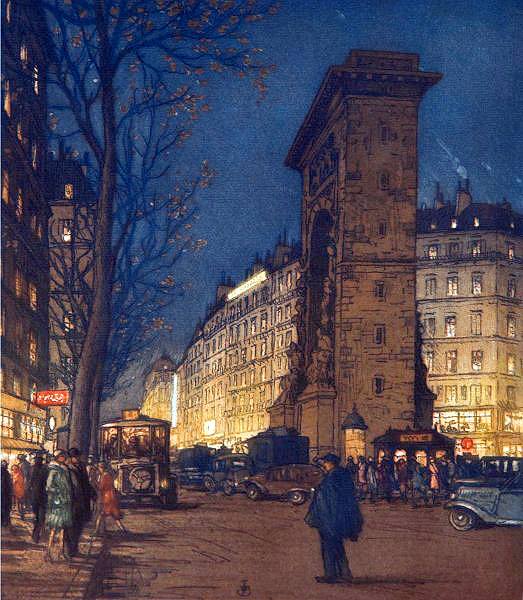
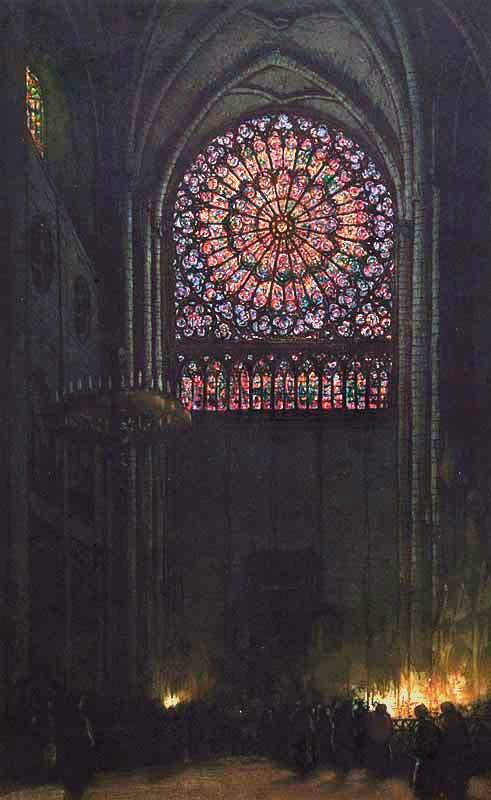
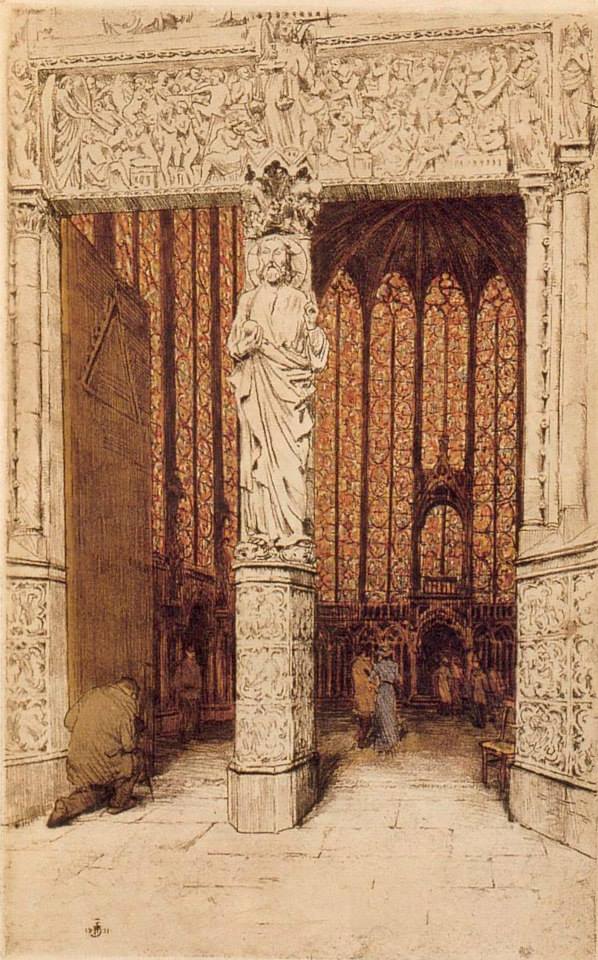
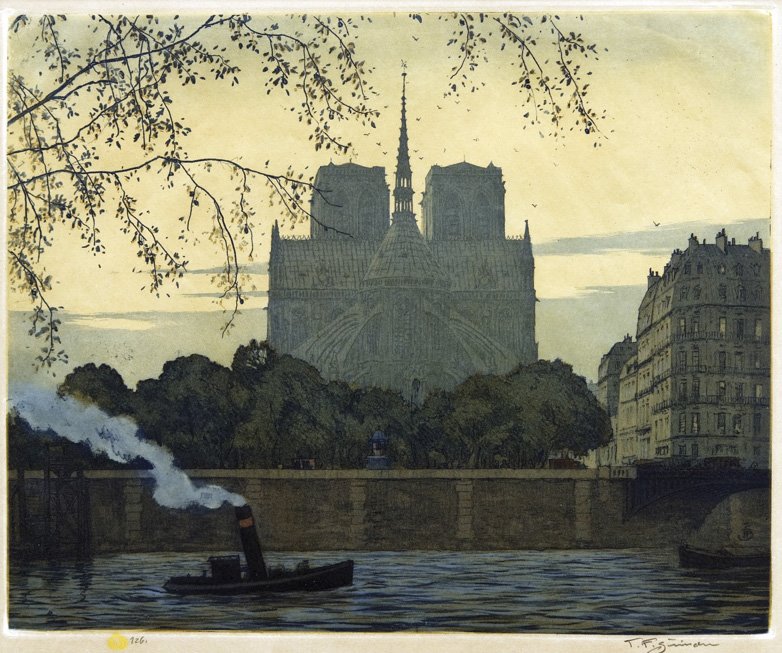
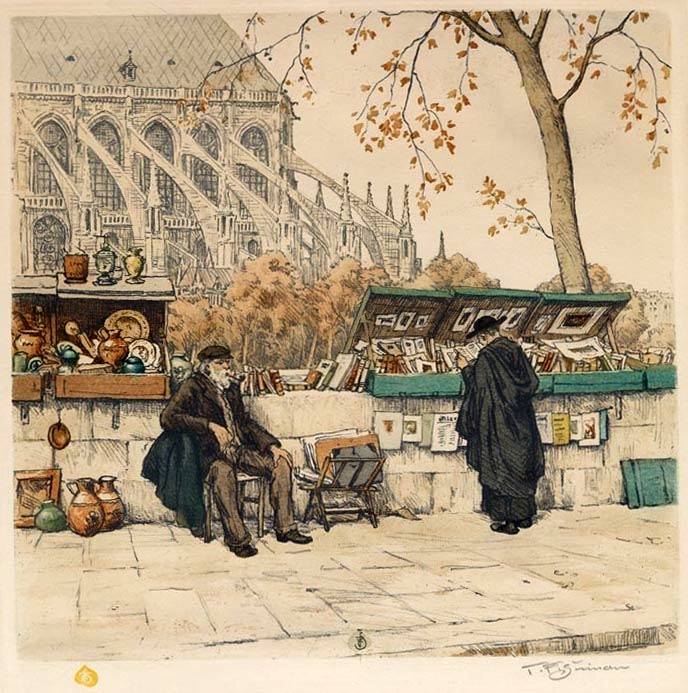
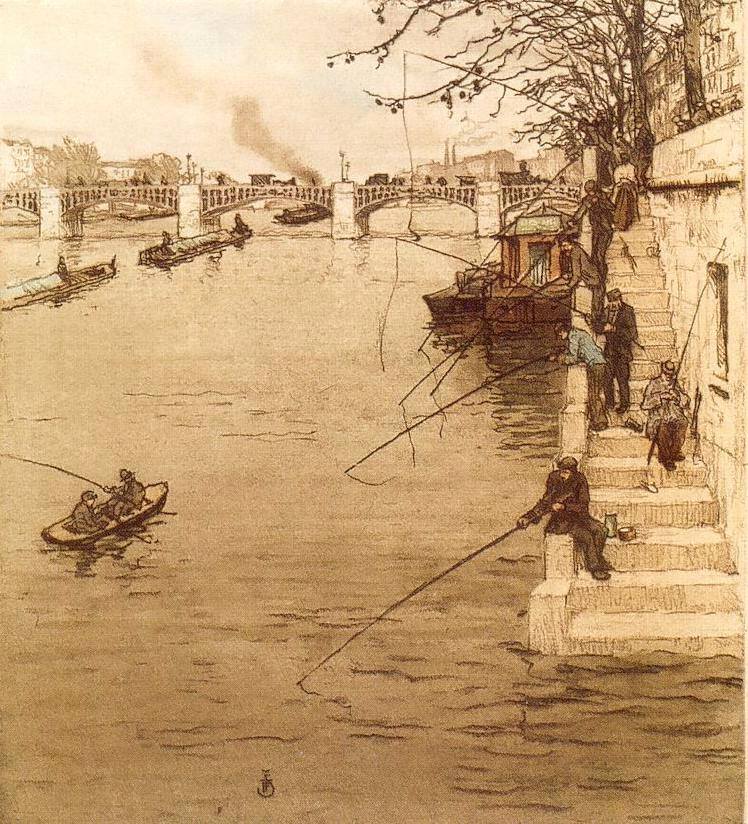
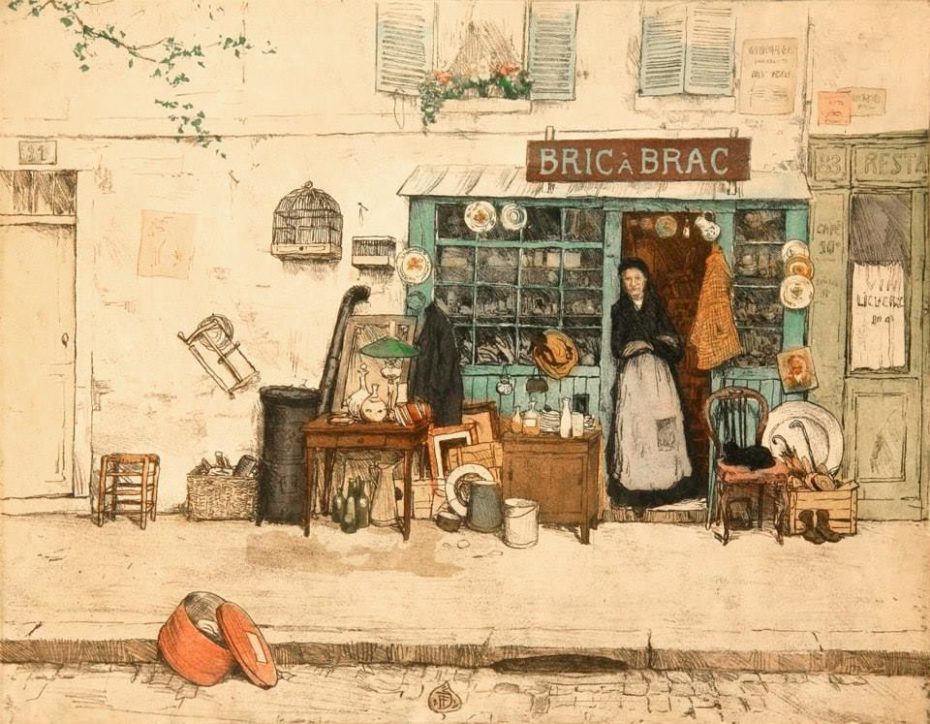
TavíTavik Frantisek Šimon (TF Šimon) (1877-1942) is one of the most important Czech artists of the first half of the twentieth century. From 1904-1914 he lived in Paris, and he was a renowned and well-known artist in France. Much of his work is inspired by the prettiest corners of Paris, gardens, squares, picturesque streets, old houses, boulevard scenes. Another part is about provincial sites, including Mont Saint-Michel, some beautiful cathedrals and especially the beaches of Normandy. By force of circumstances he lived in Bohemia during the war from 1914 to 1918, unable to return to France. After the war he preferred to stay in his homeland where he is a very popular and renowned artist. He lived in Prague until his death in 1942.
Discover more of his work.
4. That time that an illegitimate descendent of Henry II scammed Marie Antoinette
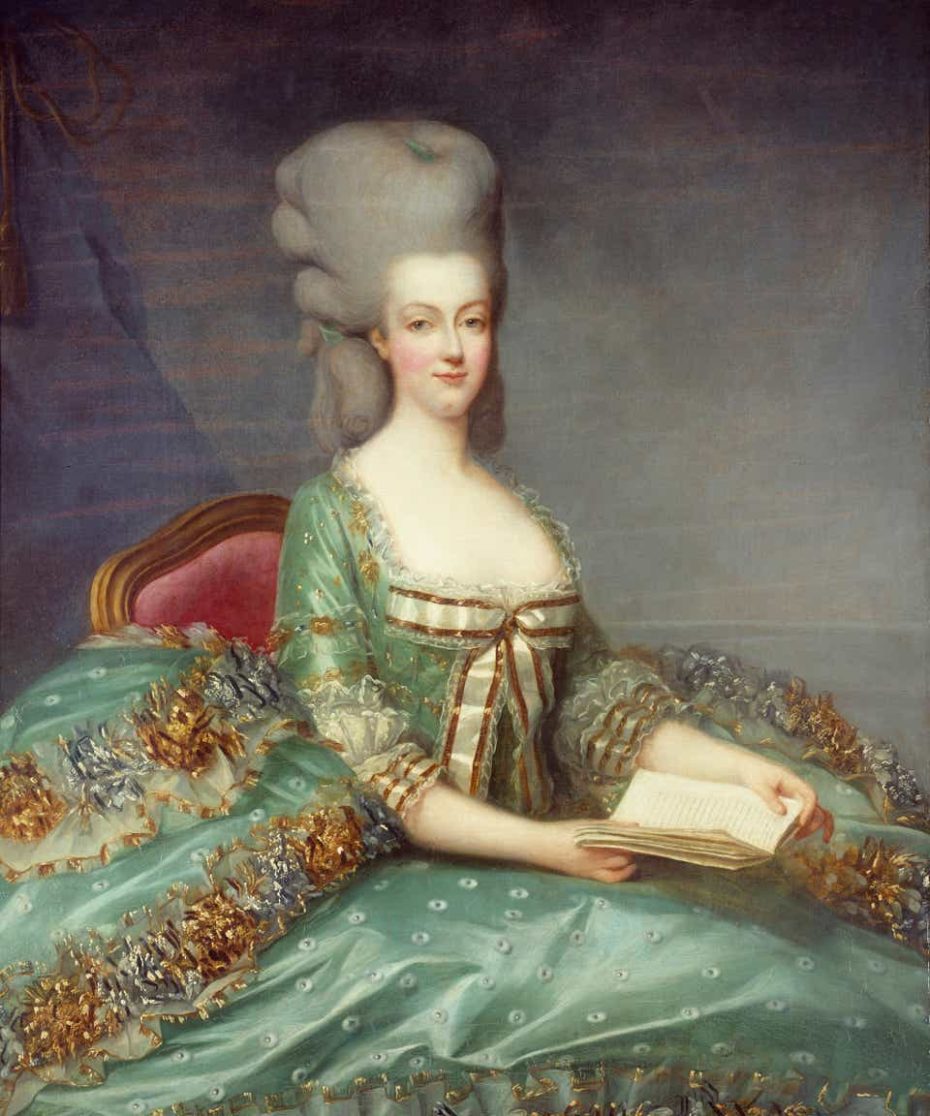
And at the center of it all, a diamond necklace: no longer just a pretty bauble that rich ladies wore around their throats, but a sinister weapon that smacked of ambition, greed, status, sex, and ruin.
This is one of those stories that just gets crazier and crazier with every line.
Find the full story on Refinery 29
5. The curious work of Zohar Studios
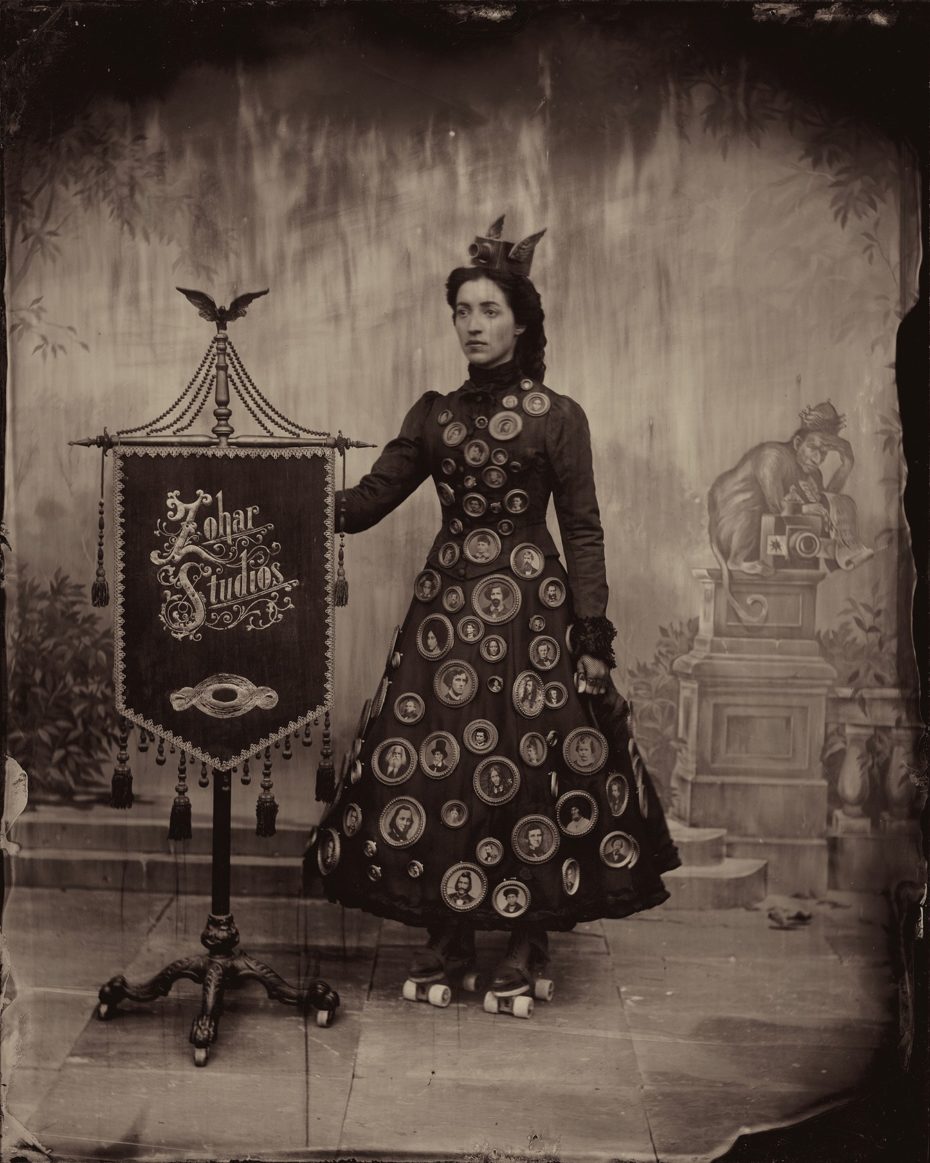
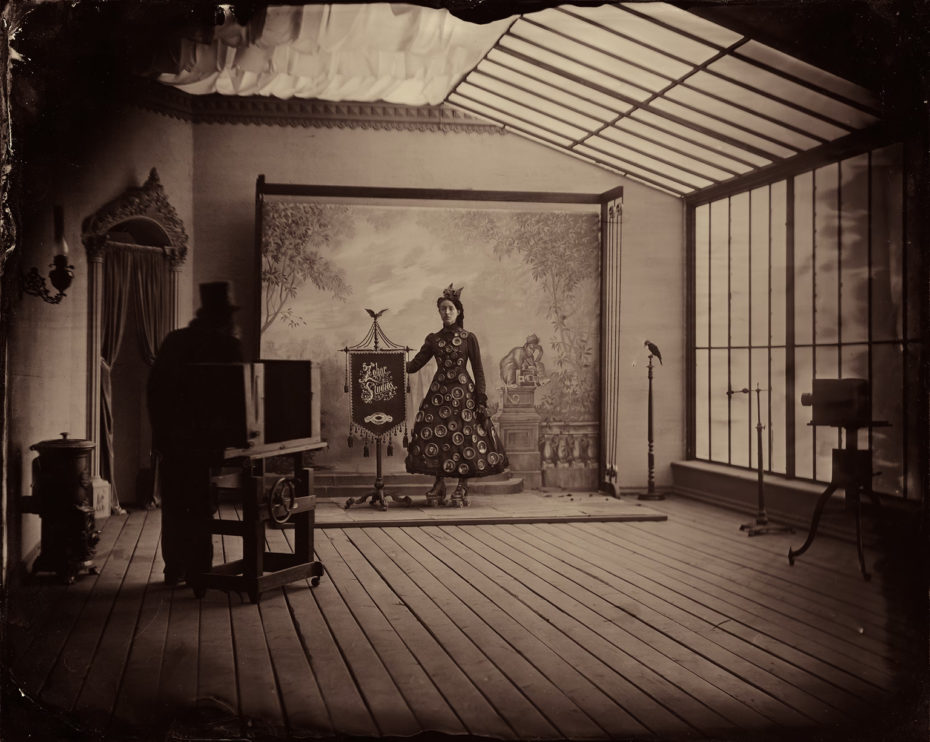
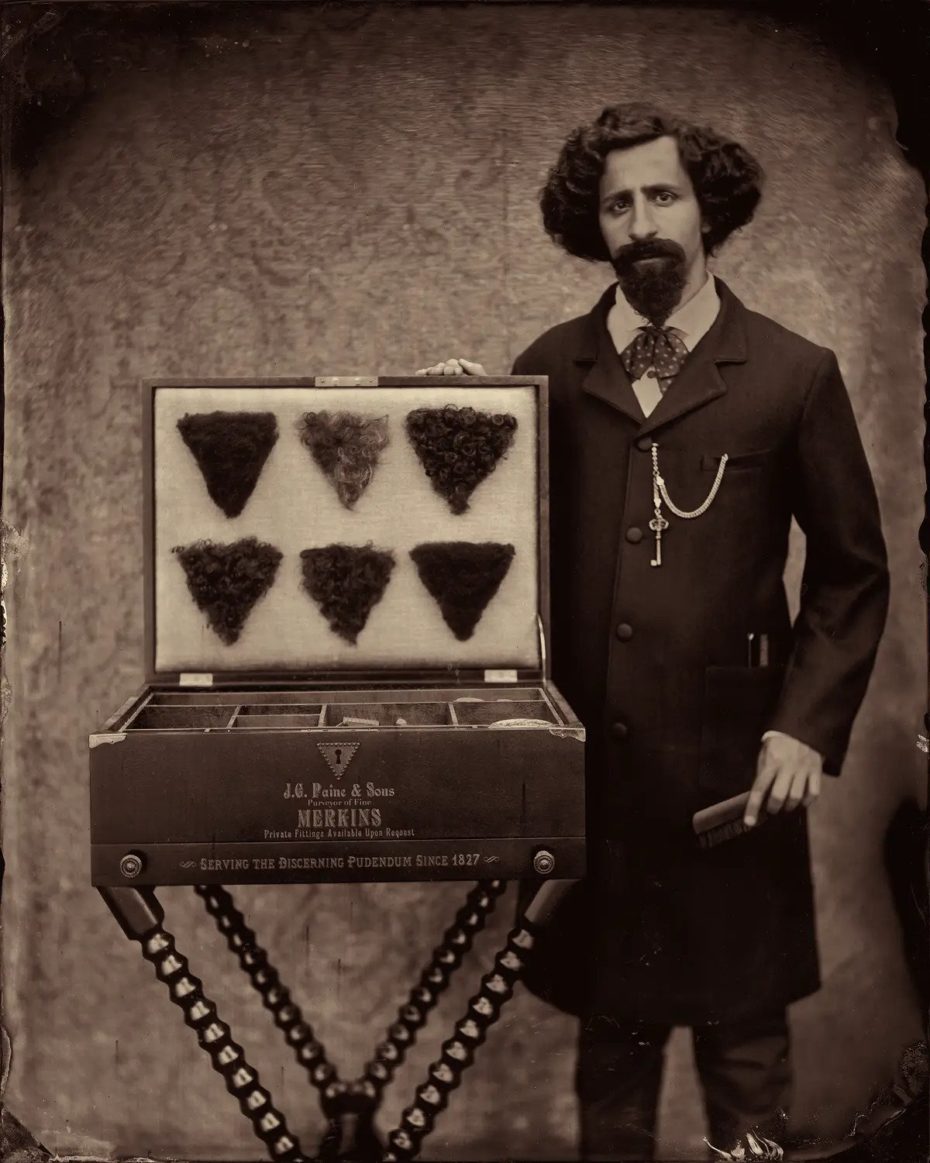
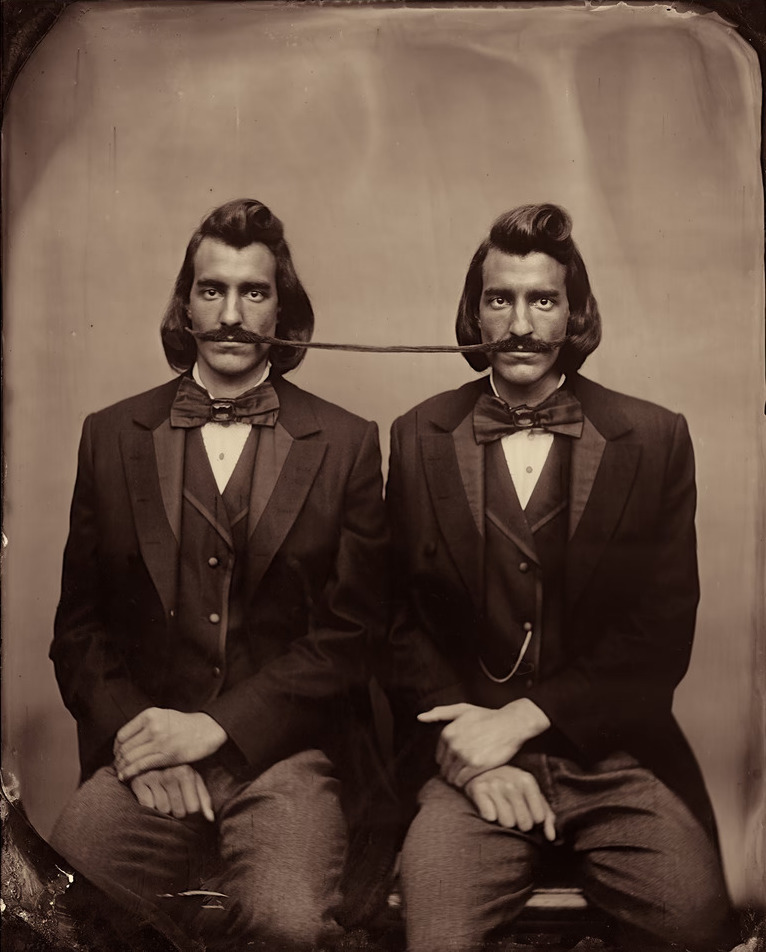
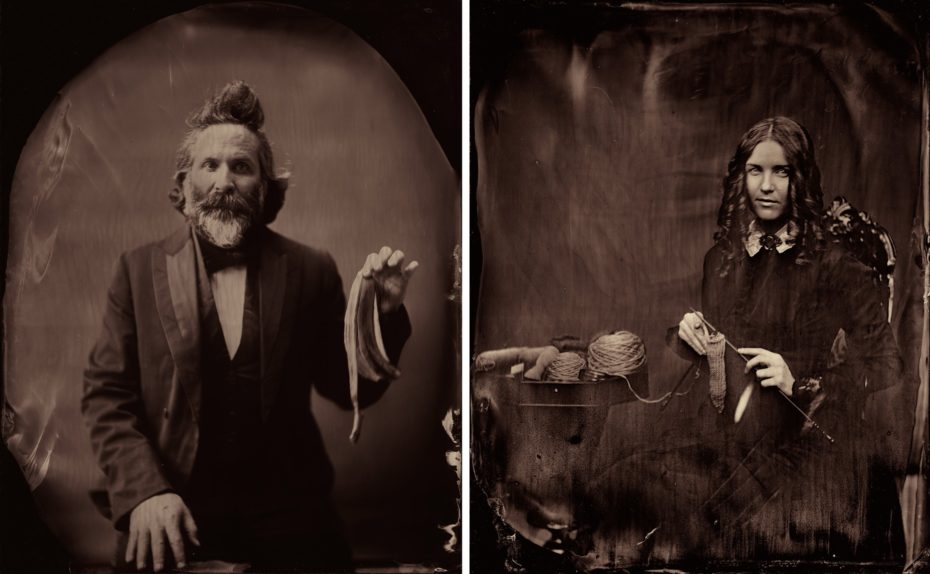
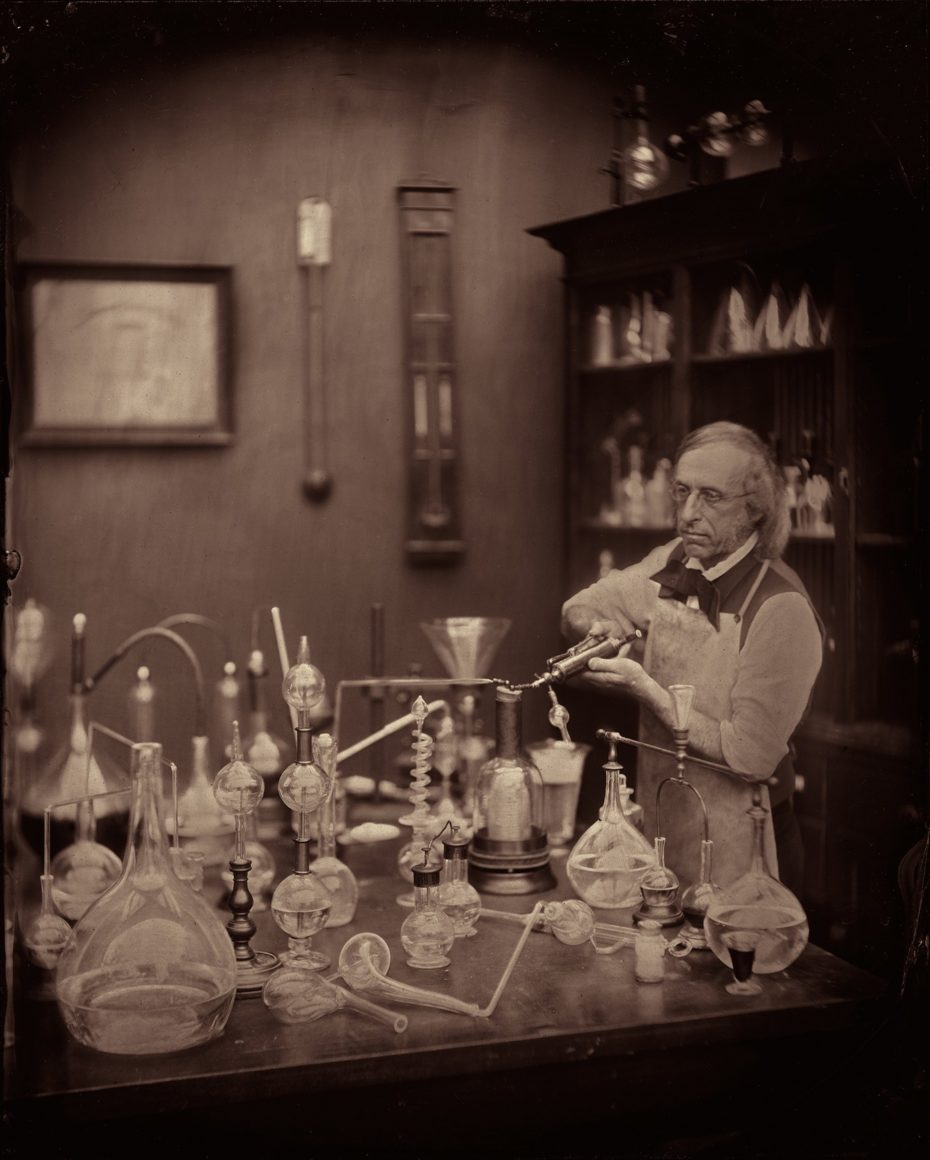
Los Angeles-based artist Stephen Berkman’s tribute to Shimmel Zohar, a mythical nineteenth-century Jewish immigrant photographer, founder of Zohar Studios:
Skirting past its odd title (Predicting the Past) and its even odder subtitle (Experiments in Reverse-Prescience), I tumbled into a cavalcade of sepia photographic plates, not a few of them drop-dead gorgeous, many of them hauntingly nostalgic, and others, coupled with deadpan titles such as Itinerant Phrenologist and The Baroness of Babylon Boulevard, downright drollarious.
Read the rest of the story on The Atlantic.
6. In the Congo: Artists transform garbage into garb to take a stand
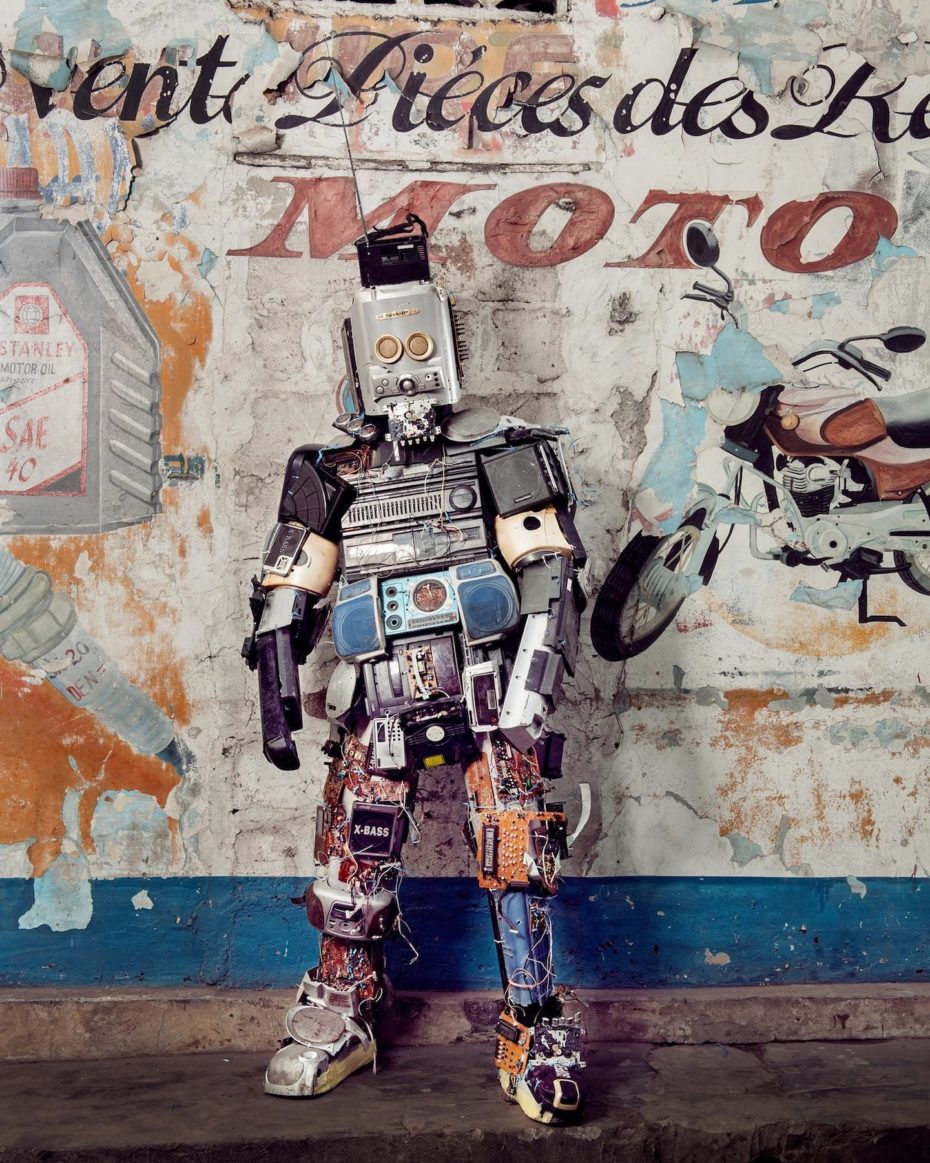
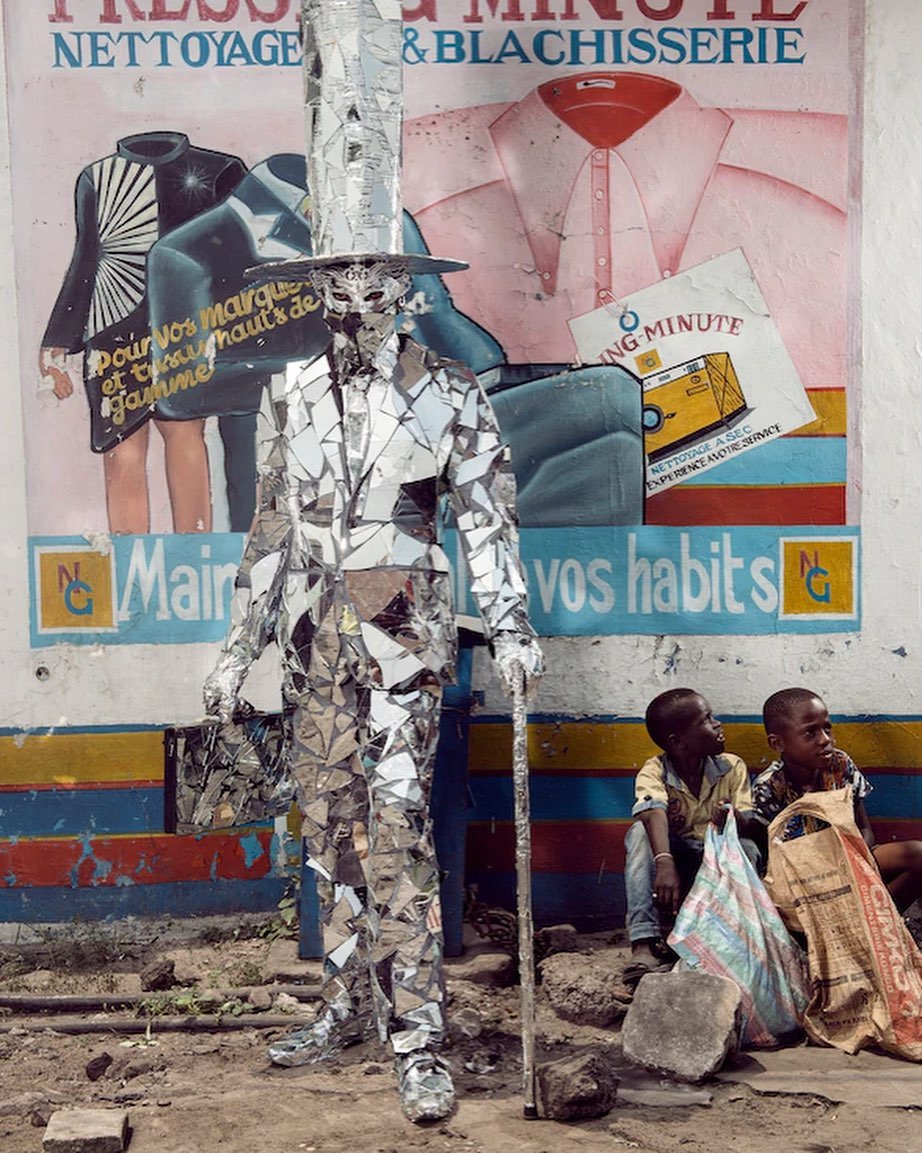
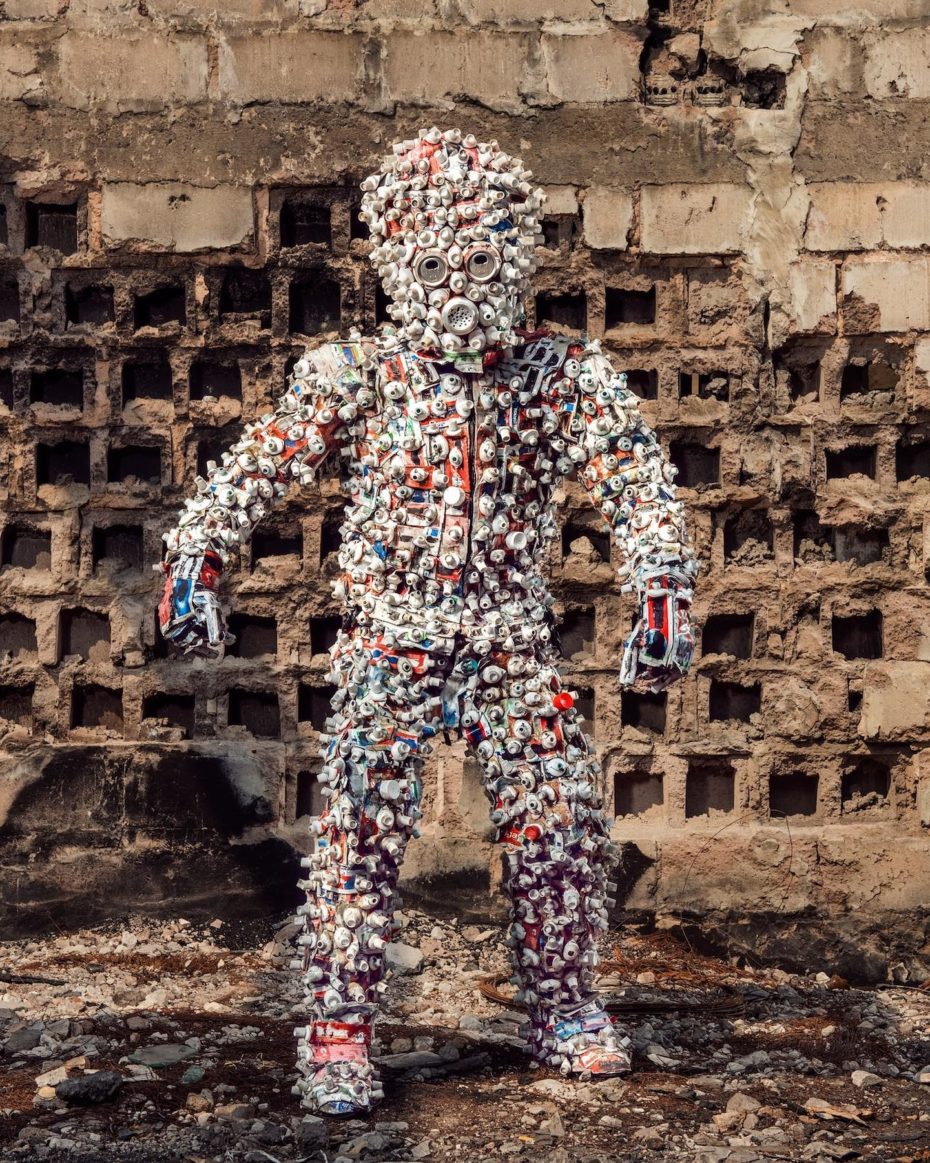
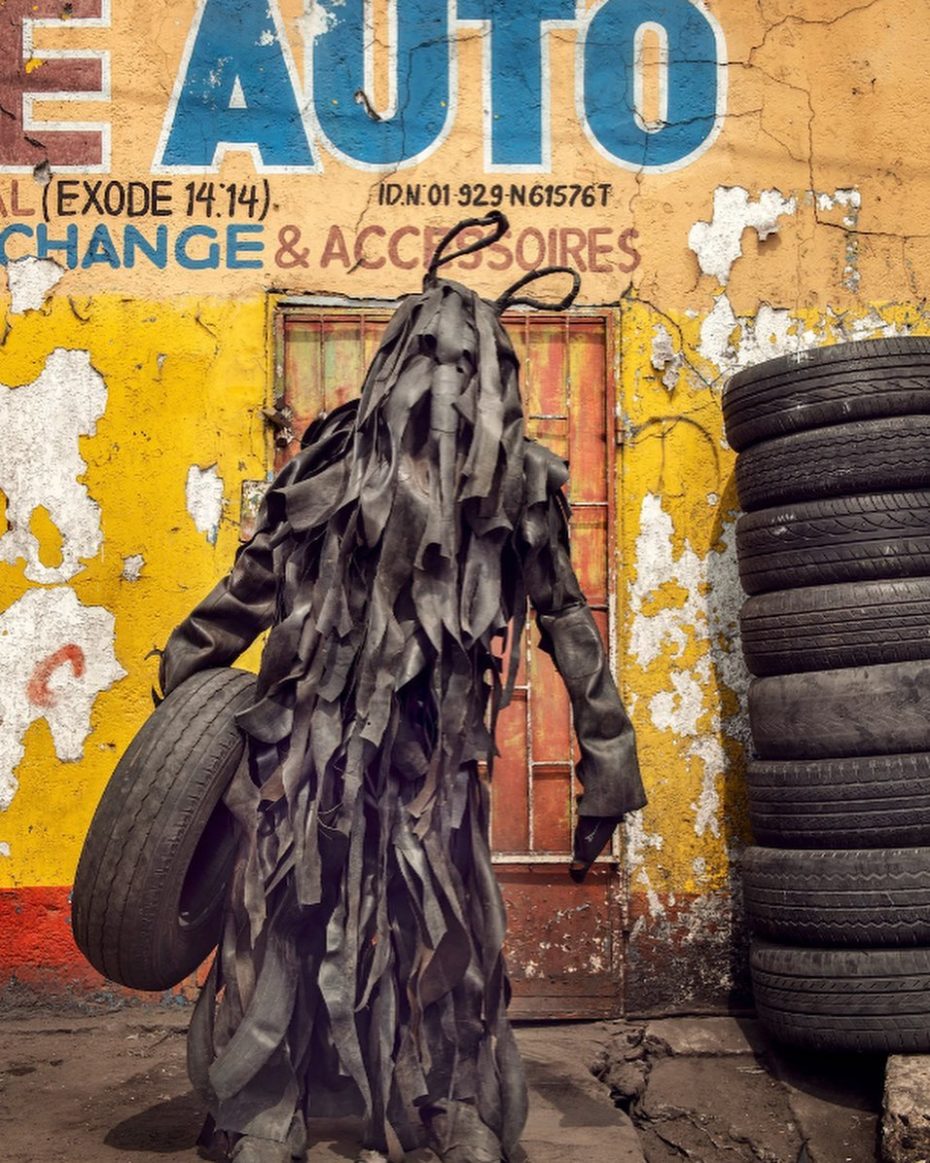
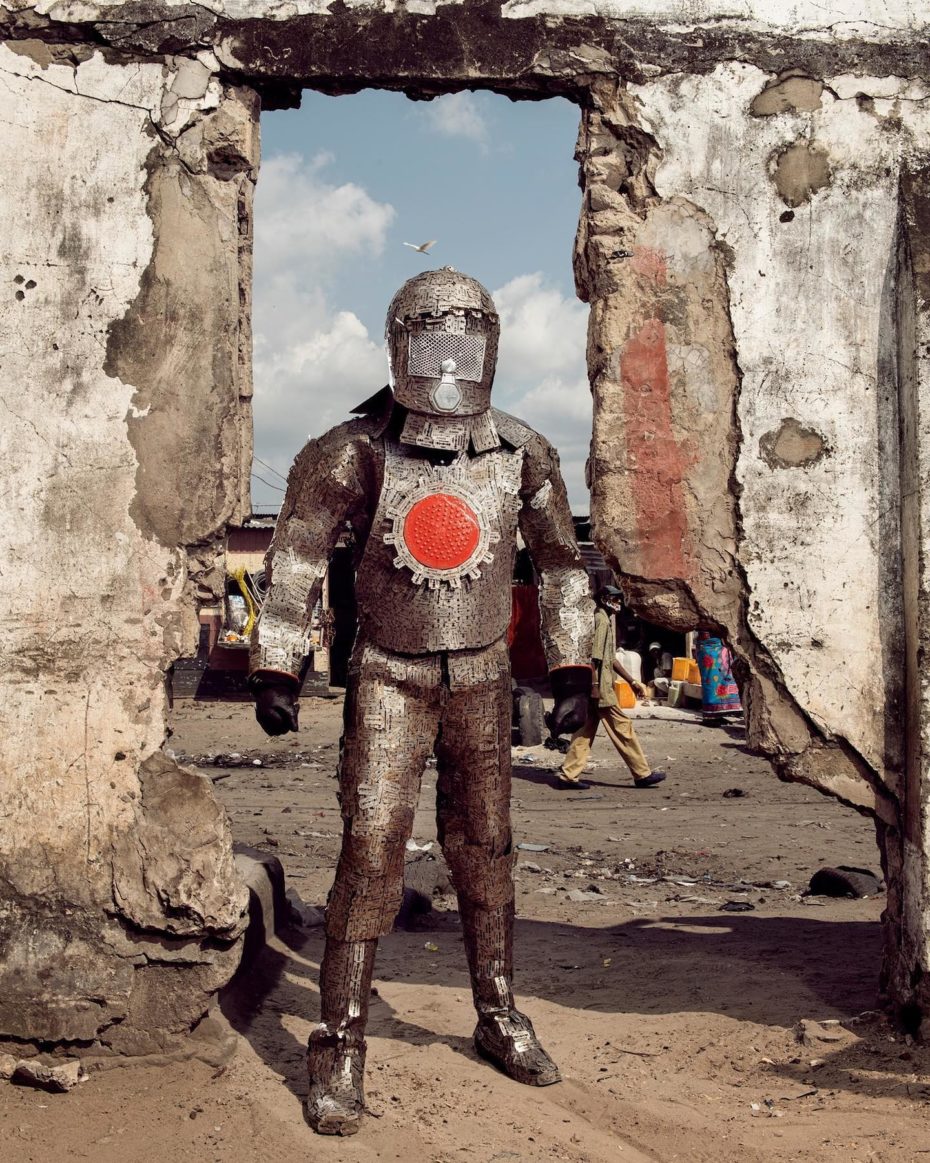
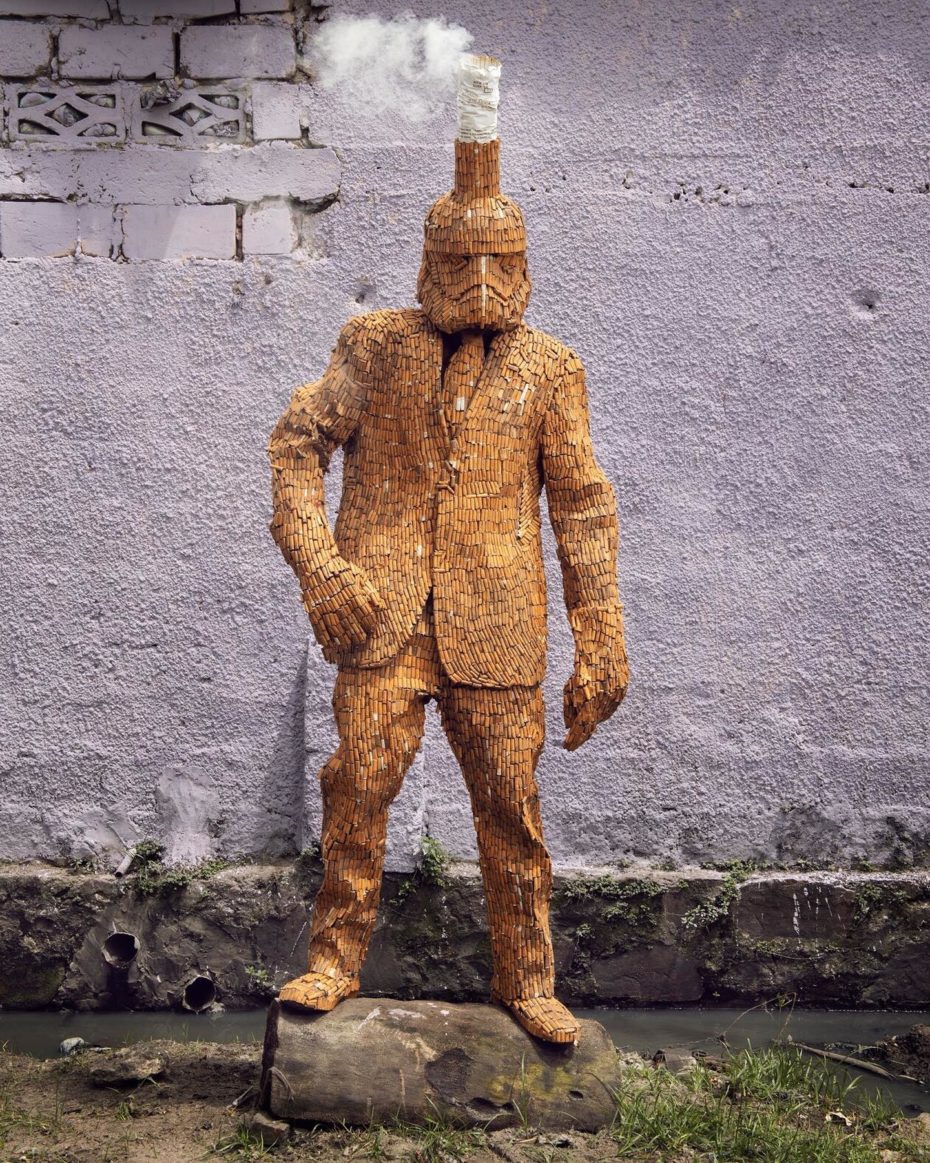
In the Democratic Republic of the Congo, artists’ creations protest the country’s plight as a dump for global waste. After years studying at the Academy of Fine Arts, Kinshasa — following teachers’ advice on creating work with “proper” materials, such as resin and plaster of paris — some students in the Democratic Republic of the Congo (DRC) decided to do something different. They created art with what was in their immediate environment, including tires, exhaust pipes, foam, plastic bottles, antennas, tins that had held milk or paint, feathers, CDs, rubber slippers, and other discarded items. This work, the artists believed, felt familiar to a Congolese audience and spoke to a particularly egregious aspect of Congolese life: waste. In 2015 they laid the groundwork for a collective to institutionalize the art: Ndaku Ya Life Is Beautiful, led by Eddy Ekete. A Kinshasa-born artist and social activist, Ekete also founded the KinAct festival, an annual showcase for the provocative creations. Increasingly, for the artists, the waste provides an opening to comment on fraught sociopolitical issues.
Photographs by Stéphan Gladieu, found on National Geographic.
7. Patrick D. Pagnano’s visions of New York’s roller-disco subculture
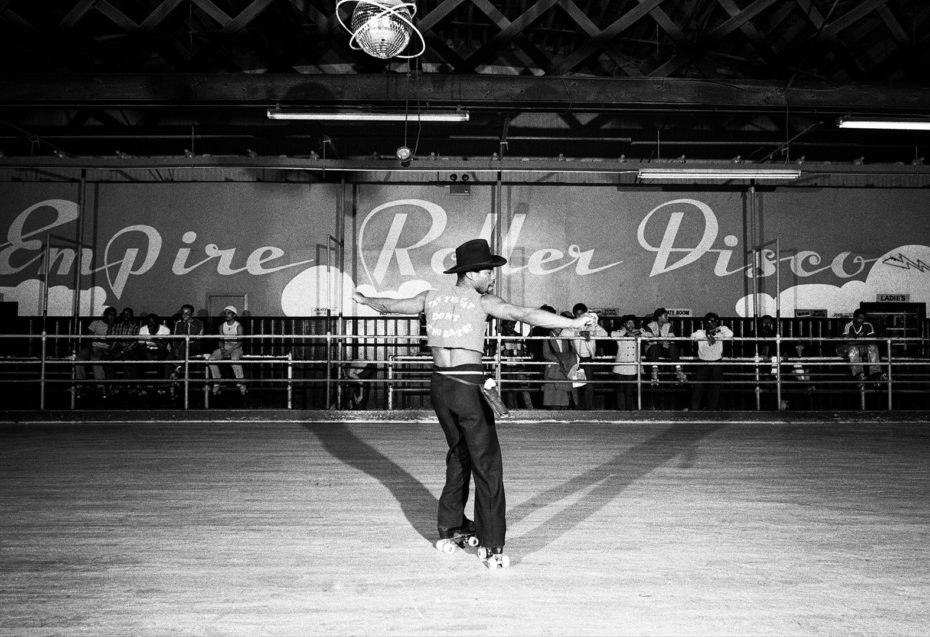
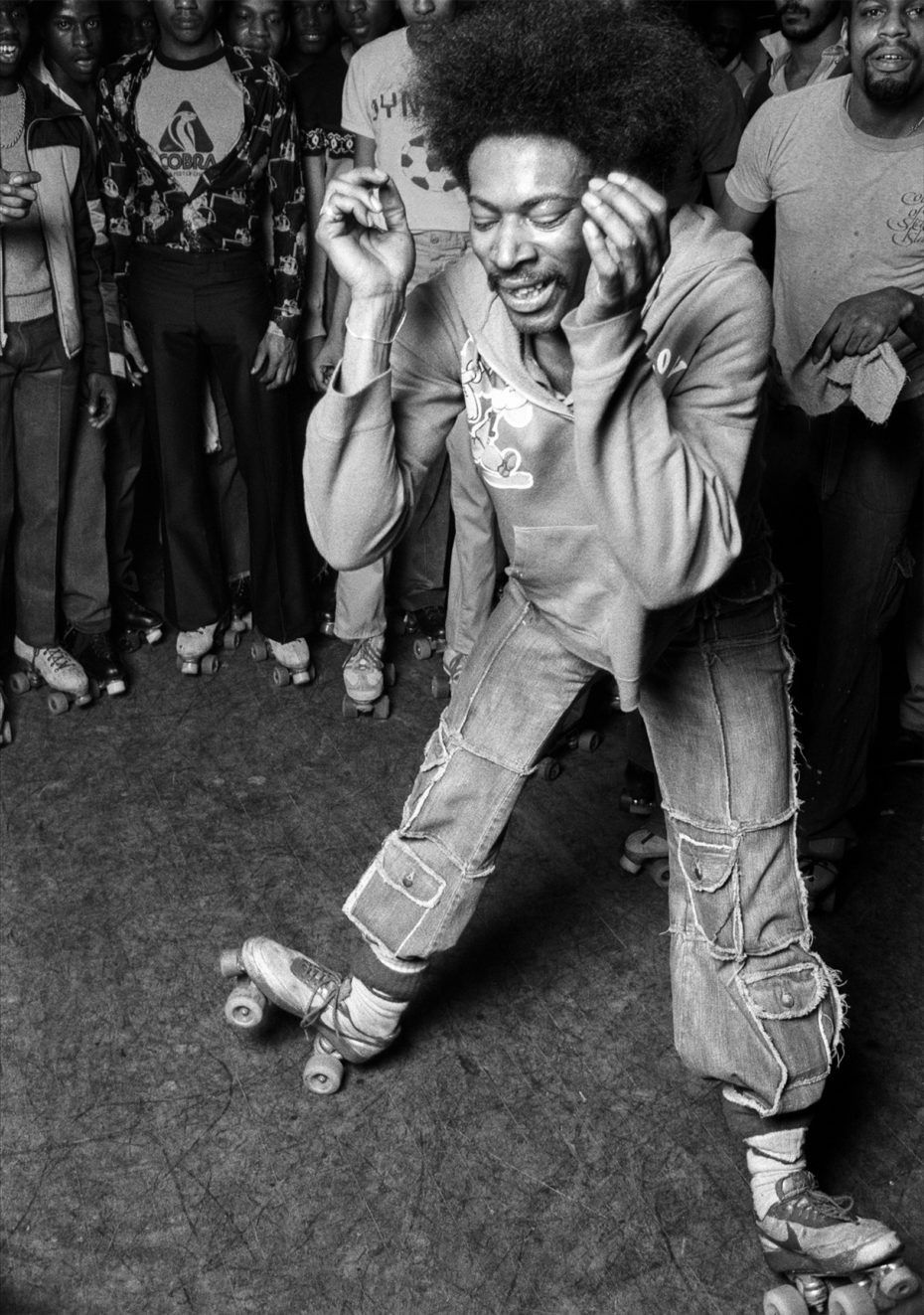
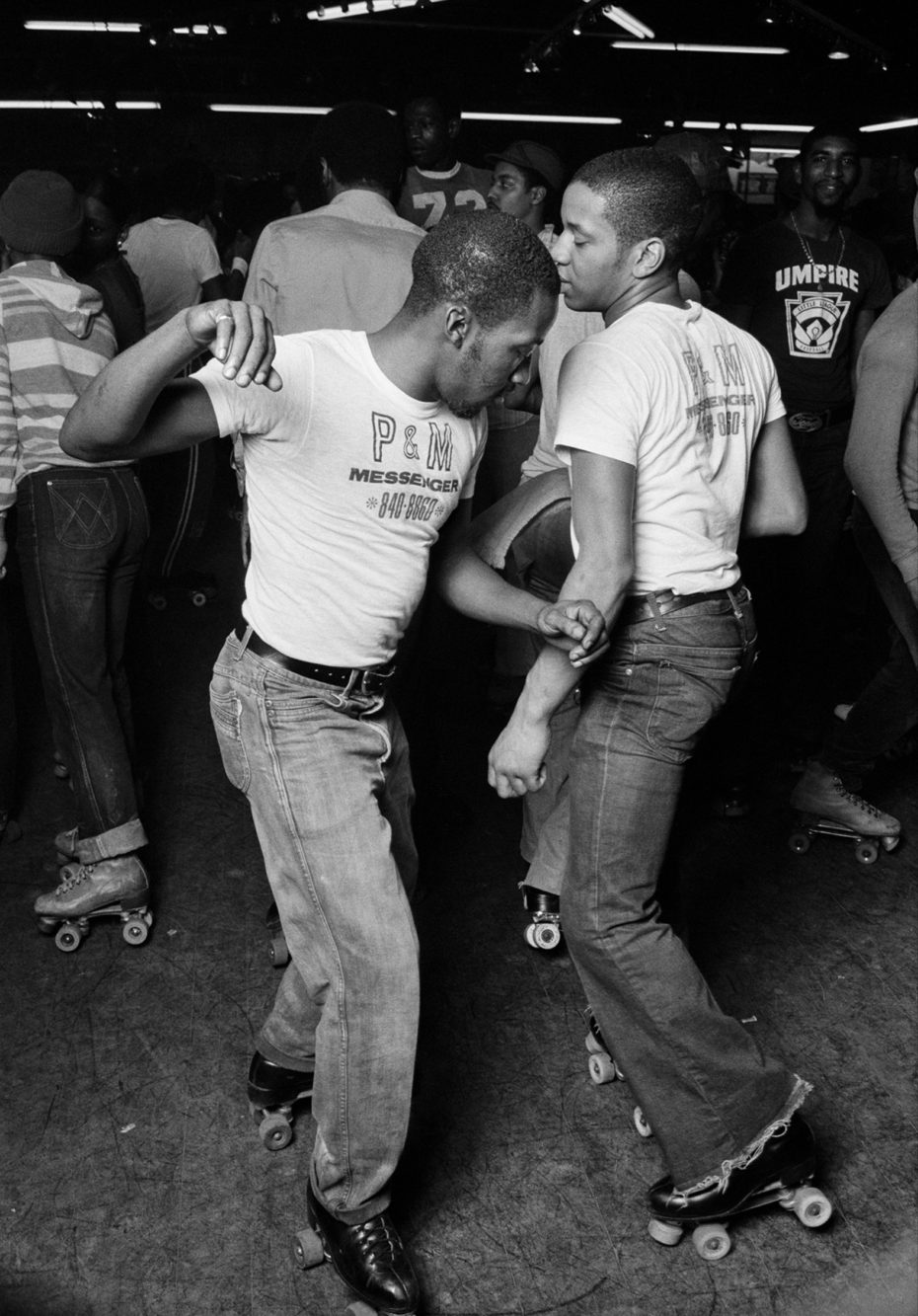
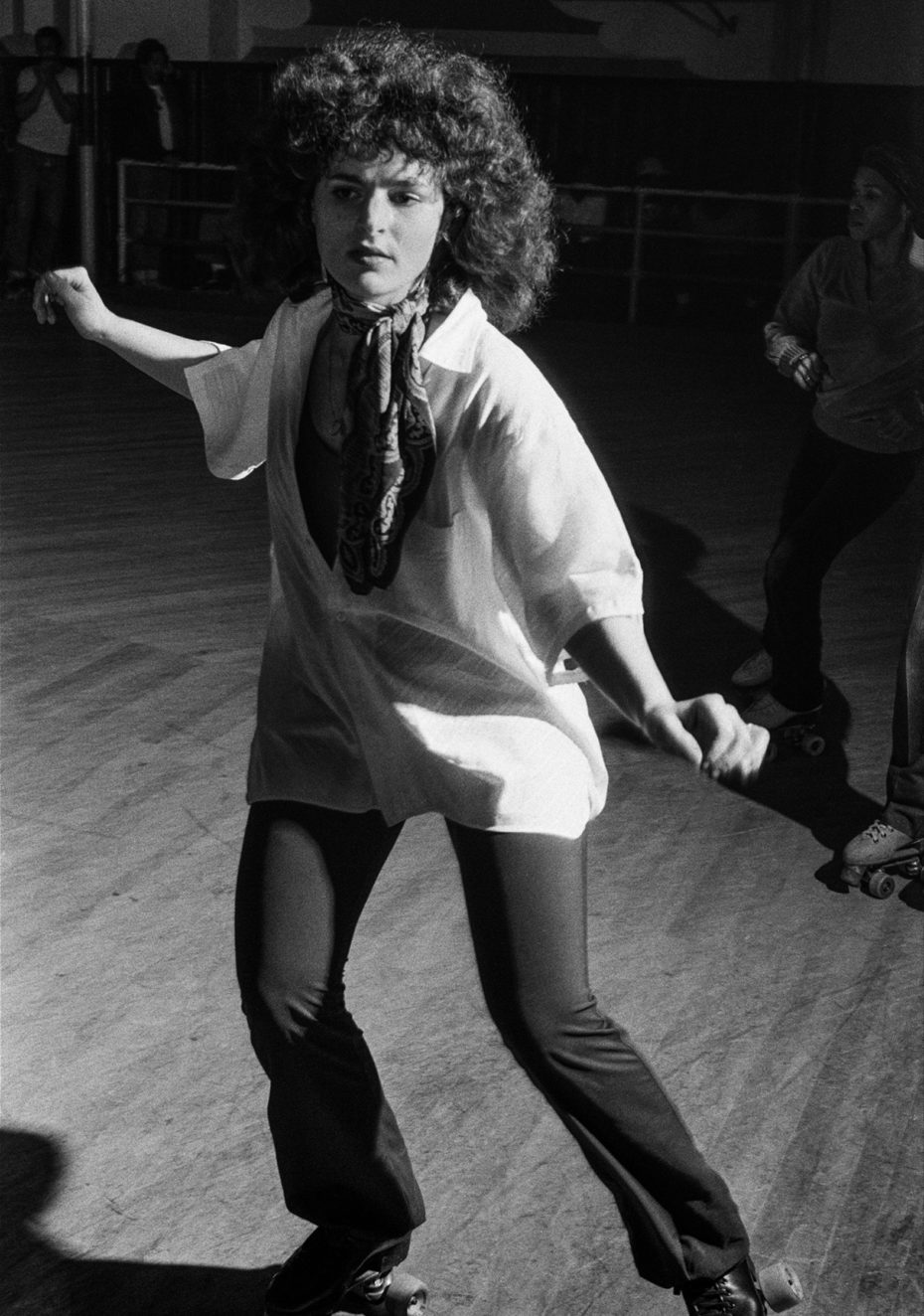
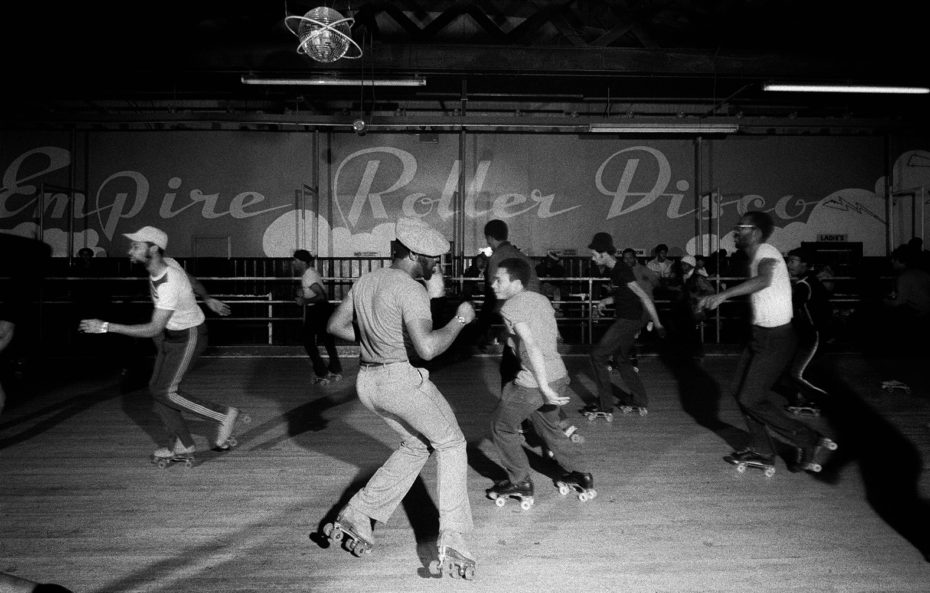
Originally opened in 1941, in the late 70s, [Crown Heights] became a nightlife fixture when DJs began playing regularly. “At that point, the scene in New York City was becoming a different thing – not elitist, but stuffy,” Jesse says. “Some people found it hard to get into.” The roller disco was one of several Brooklyn-based clubs with a door policy that swayed more inclusive. “But even before people from the city started going, it had become a hub of the local community. Probably until its closing [in 2007], it played an important part in Brooklyn itself. These photos, while important to Patrick’s work, also show that history. And they’re just as relevant now as they were back then.”
Found on I-D Vice, from the book Empire Roller Disco by Patrick D. Pagnano.
8. Eavesdrop, a 1950’s Japanese listening bar in New York
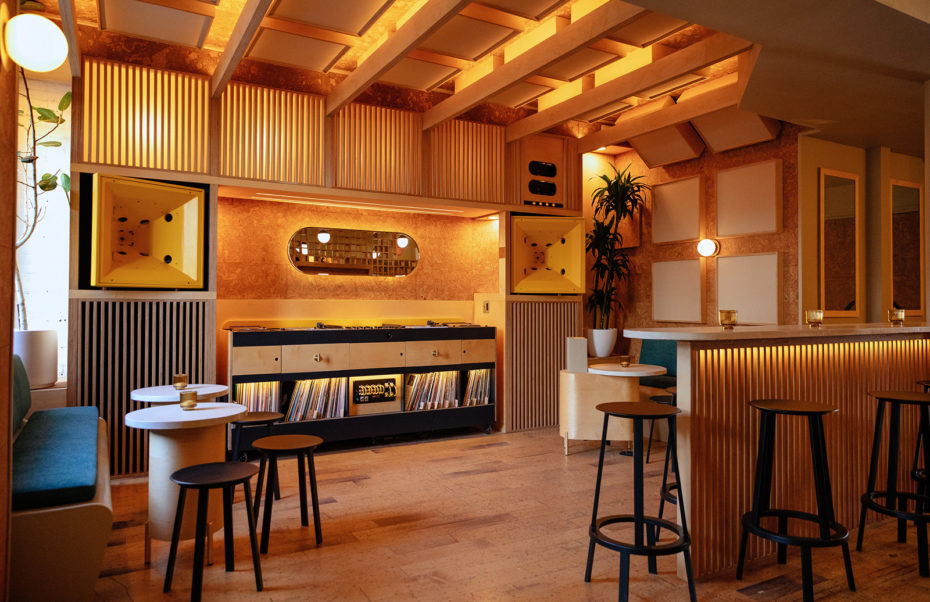
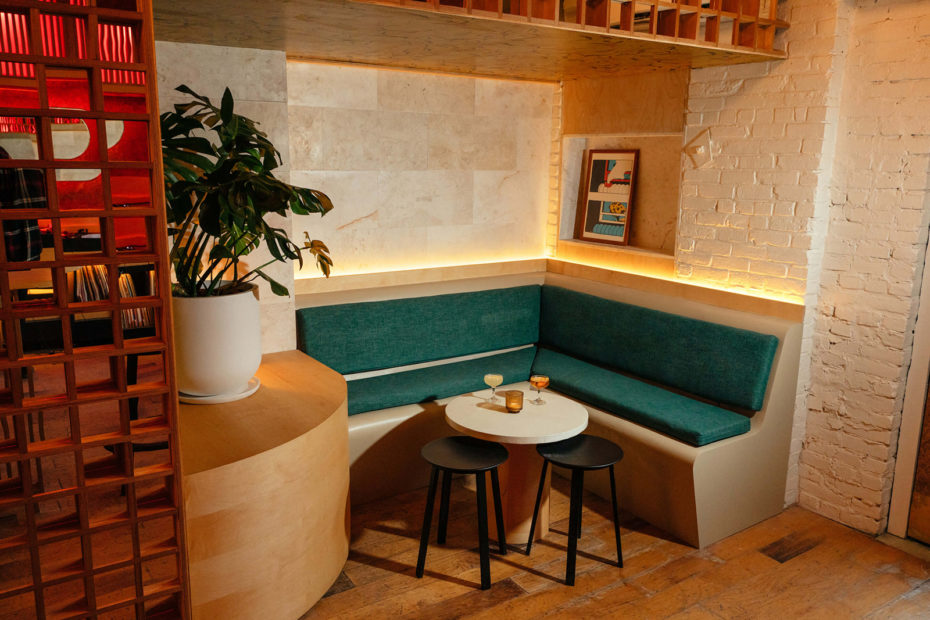
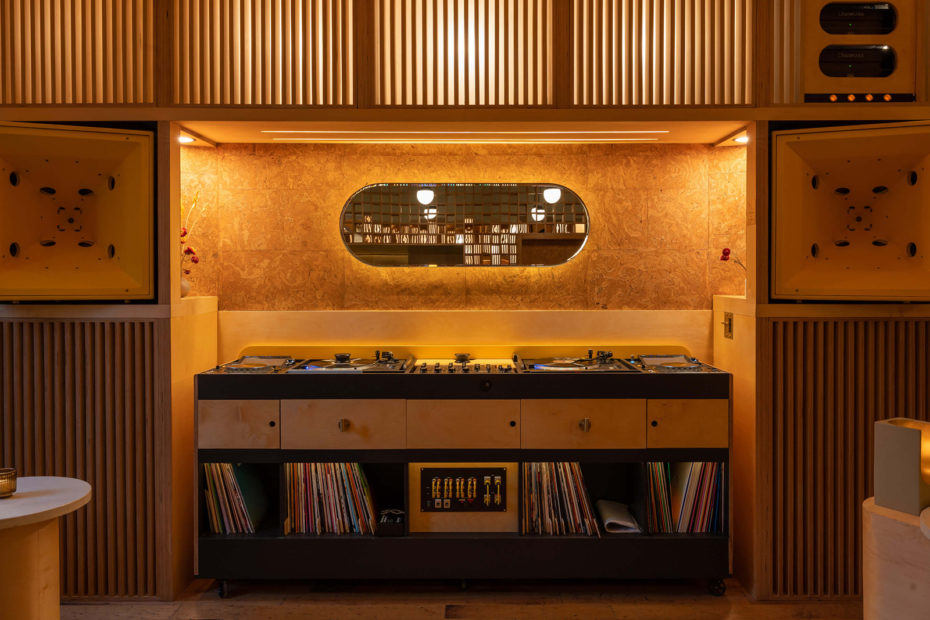
Many of the elements are handmade and shaped to amplify the ambient sound – following in the footsteps of Japanese bars designed to immerse guests in the music rather than the social experience.
Learn more about the term ”japanese listening bar” here:
Found on The Spaces
9. The double-decker’s tilt test
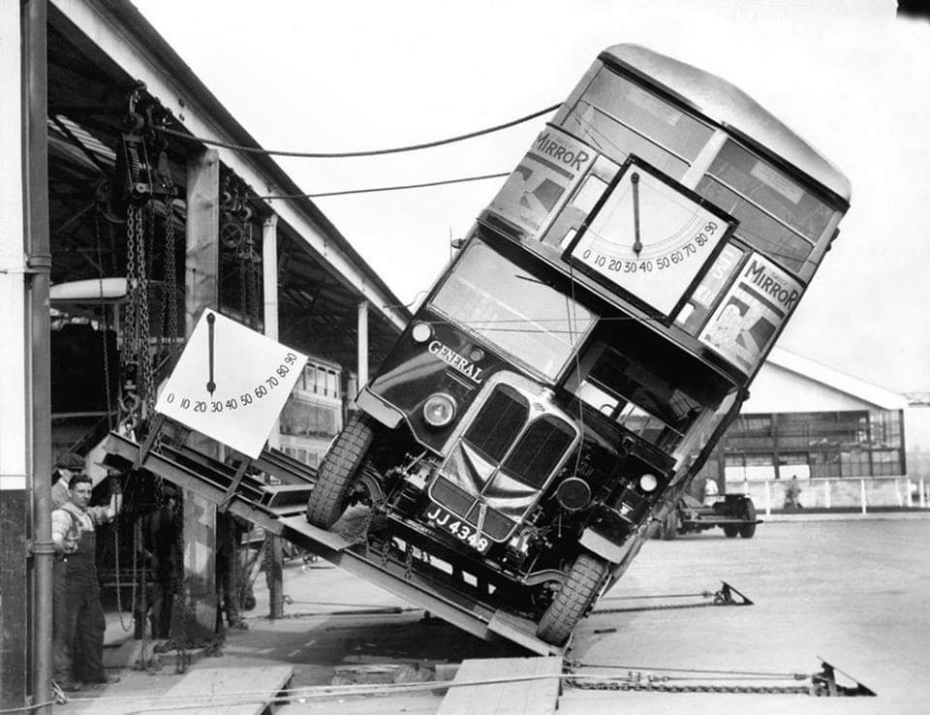
This is called the “Tilt Test” that helped prove that London’s Double-Decker buses were safe and not a tipping hazard, circa 1933
Found on Reddit
10. What happened to the missing half of the Colosseum?
11. A site that helps combat that “what are we going to watch” debate
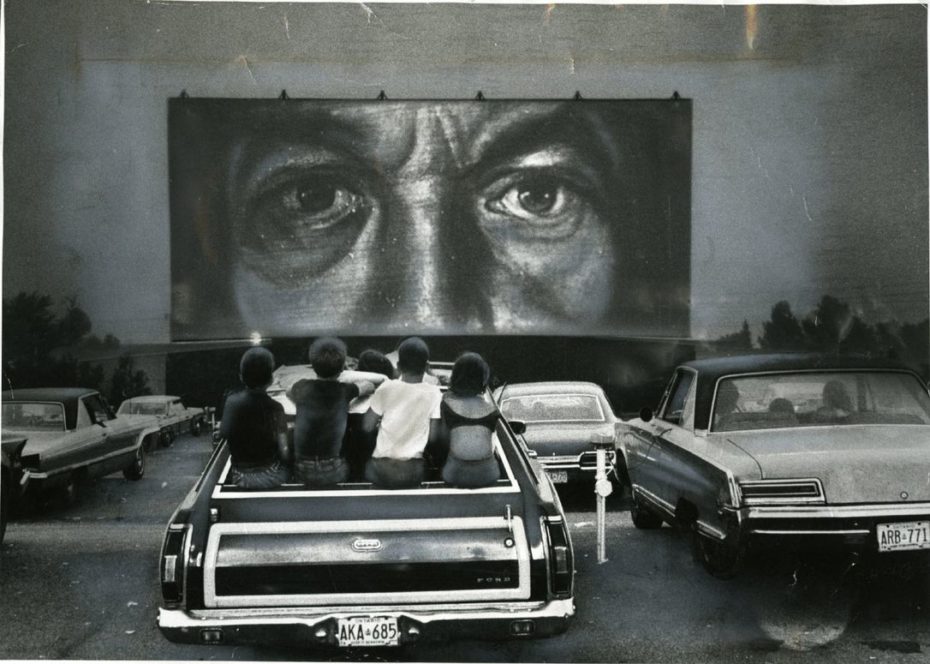
Pick your movie here: Movieofthenight.com
12. Willy De Bruijn: Intersex cyclist
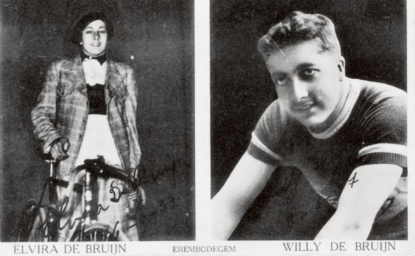
Born Intersex, his parents decided to raise him as a girl, later in life Willy discovered language for the Intersex condition, and transitioned fully into Willy De Bruyn, a man.
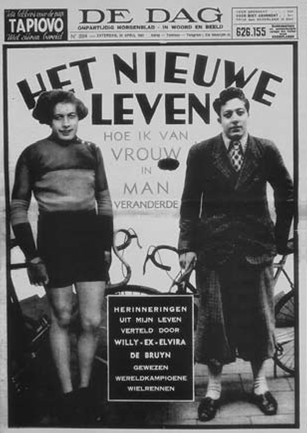
He started cycling in 1932. In 1933, he won the women’s European Championship in Aalst, Belgium. In 1934 he won the Belgian Championship in Leuven, and the World Championships in Schaerbeek, in front of an estimated 100,000 viewers. He was by then the biggest Belgian star in women’s cycling.
But he felt more and more uncomfortable racing and winning against women, when he had “felt like a man, never like a woman”. He continued racing to earn money, but deliberately finished second or third instead of winning. He learned about Zdeněk Koubek, a Czech athlete who after being a champion woman athlete had become a man.
By 1937, after being operated in Paris, he had officially become Willy de Bruijn, and his story is told in 4 articles titled “How I became a Man” in the newspaper De Dag in April 1937. He continued cycling, but without much success. He opened a pub in Brussels, “Café Denderleeuw”, where he presented himself as “Willy ex Elvira de Bruyn” and “Elvira de Bruyn, world champion cycling for women, became a man in 1937”
Found on Wikipedia
13. An Introduction to the Voynich Manuscript, the World’s Most Mysterious Book
Found on Open Culture.


